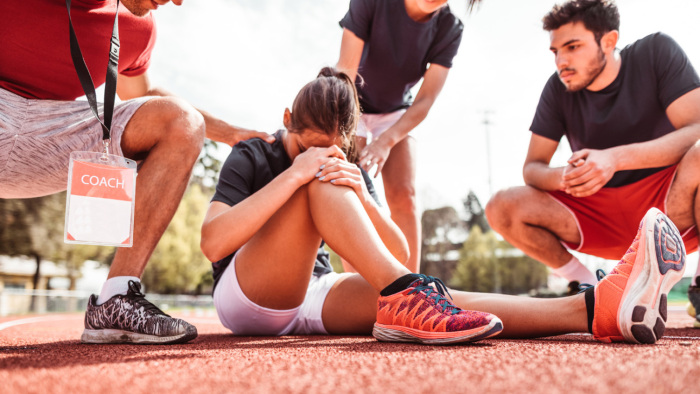
What Is Heat Stress? Understanding the Risks and Prevention
When the temperatures rise due to the weather conditions or physical exertion, so does the risk of heat-related health issues. And one of the most common concerns is heat stress. But what exactly is heat stress? How does it affect the body? And most importantly, how can you protect yourself and those around you from its harmful effects?
We’ll break down everything you need to know about heat stress, so you can stay safe and comfortable during those scorching hot days and physical exertion like working, sporting or just leisure.
What Is Heat Stress?
Heat stress occurs when the body is unable to cool itself down effectively, leading to a dangerous rise in core body temperature. This happens when a person is exposed to high temperatures, especially combined with high humidity, and/or strenuous physical activity, and the natural cooling mechanisms, like sweating and blood circulation, are overwhelmed.
In simple terms, heat stress is the body’s reaction to overheating. If left unchecked, it can progress to more serious conditions such as heat exhaustion or even life-threatening heat stroke.
How Does Heat Stress Affect the Body?
Our body relies on sweating to keep cool. When sweat evaporates from the skin, it helps lower body temperature. However, in environments with high heat and humidity or during strenuous physical activity, sweat doesn’t evaporate efficiently, making it harder for the body to cool down.
When heat stress sets in, symptoms can vary but commonly include:
- Heavy sweating
- Fatigue and weakness
- Dizziness or lightheadedness
- Headache
- Muscle cramps
- Nausea or vomiting
If these symptoms are ignored and exposure to heat continues, it can escalate to heat exhaustion or heat stroke, which is a medical emergency requiring immediate attention.
Who Is at Risk?
Heat stress doesn’t discriminate, but certain groups are more vulnerable:
- Outdoor workers such as farmers, construction workers, and landscapers
- Indoor workers working in warm environments
- Athletes and people exercising
- Older adults and young children, who may have impaired thermoregulation
- People with chronic illnesses or taking medications that affect sweating or hydration
Recognizing who is at risk can help in taking the right precautions.
Preventing Heat Stress: Practical Tips
The good news is heat stress is largely preventable. Here are some key tips to help you stay safe:
- Stay Hydrated. Drink plenty of water throughout the day. Avoid alcohol and caffeine, which can dehydrate you.
- Take Regular Breaks. If you’re working or exercising in- or outside, take frequent breaks, when outside in the shade or cooler areas to let your body cool down.
- Wear Appropriate Clothing. Lightweight, loose-fitting, and light-colored clothes help reflect heat and allow sweat to evaporate.
- Avoid Peak Heat Hours. Try to limit strenuous outside activities between 10 a.m. and 4 p.m., when the sun is strongest.
- Use Fans or Air Conditioning. Whenever possible, stay in cool, ventilated environments to help your body regulate temperature.
- Use Cooling Wearables, like cooling vests, caps, hats, neck gaitoirs, towels or bandanas.
- Know the Signs. Being aware of early heat stress symptoms can save lives — both yours and others’.
The Importance of Awareness
Heat stress is a serious health issue, especially as global temperatures rise and heat waves become more frequent. Whether you’re working outdoors, exercising, or just enjoying a sunny day, understanding heat stress is crucial. By taking proactive steps and recognizing the signs early, you can prevent discomfort and more severe heat-related illnesses.
Final Thoughts
Heat stress might seem like a minor inconvenience at first, but it’s a warning sign your body is struggling to cope with high temperatures. Treat it seriously. prioritize hydration, rest, and protection against the heat — your body will thank you.
Stay cool, stay safe, and don’t underestimate the power of heat stress.